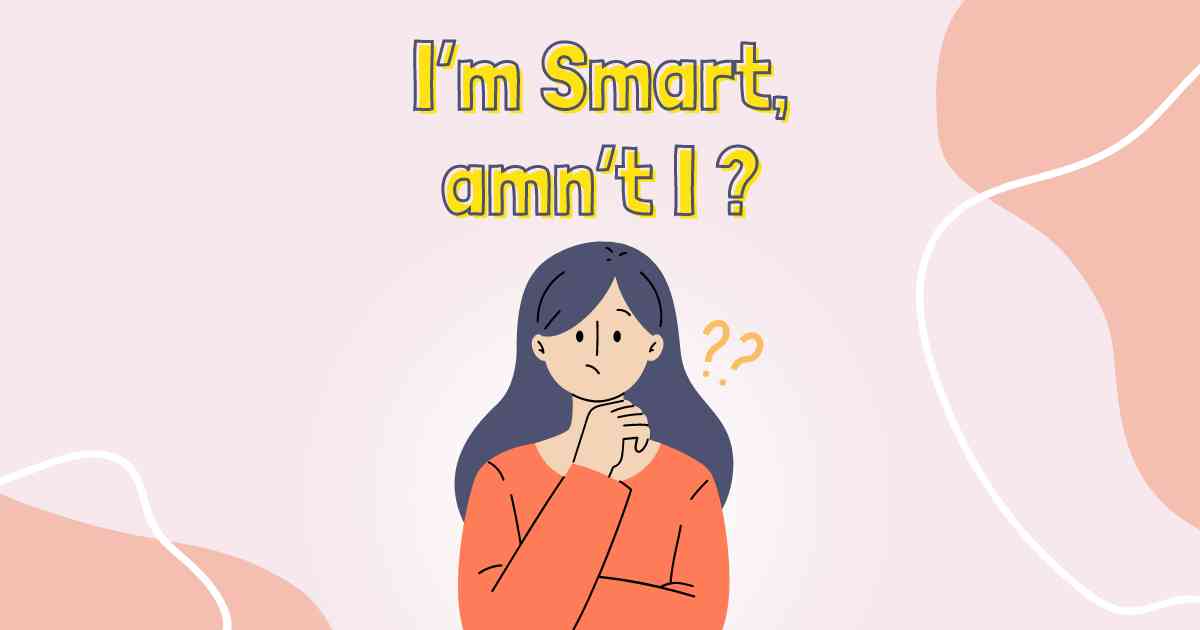Indirect speech, also known as reported speech, is a way to tell someone what another person said without quoting them exactly. Instead of using their exact words (direct speech), you change the sentence structure and often the tense.
| Pos. | Name | Points |
|---|---|---|
| There is no data yet |
What is Indirect Speech?
Indirect speech involves reporting someone’s words in a slightly different form. It usually requires changes in pronouns, verb tenses, and sometimes other words like time expressions.
Direct vs. Indirect Speech
Direct Speech: the exact words spoken, enclosed in quotation marks.
Example: She said, “I am going to the store.”
Indirect Speech: paraphrased version without quotation marks.
Example: She said that she was going to the store.
| Pos. | Name | Points |
|---|---|---|
| There is no data yet |
Key Changes in Indirect Speech
When converting from direct to indirect speech, you usually need to make the following changes:
Pronouns: Change according to the context.
Direct: He said, “I am tired.”
Indirect: He said that he was tired.
Tenses: Shift back one tense (backshifting) if the reporting verb is in the past.
Direct: She said, “I am reading a book.”
Indirect: She said that she was reading a book.
Time Expressions: Adjust to fit the new context.
Direct: He said, “I will see you tomorrow.”
Indirect: He said that he would see me the next day.
Other Words: Some words change as well (e.g., “this” to “that,” “here” to “there”).
Direct: She said, “I can’t do this now.”
Indirect: She said that she couldn’t do that then.
| Pos. | Name | Points |
|---|---|---|
| There is no data yet |
Steps to Convert Direct Speech to Indirect Speech
Identify the Reporting Verb: Common reporting verbs include say, tell, ask, etc.
Direct: “I am happy,” she said.
Indirect: She said that she was happy.
Change Pronouns and Possessives: Adjust according to who is speaking.
Direct: “My brother is coming,” he said.
Indirect: He said that his brother was coming.
Adjust the Tense: Backshift the tense if necessary.
Direct: “I am eating,” she said.
Indirect: She said that she was eating.
Modify Time and Place Expressions: Change them to fit the new context.
Direct: “I’ll see you here,” he said.
Indirect: He said that he would see me there.
Examples of Indirect Speech
Statements
Direct: She said, “I am learning French.”
Indirect: She said that she was learning French.
Questions
– Yes/No Questions
Direct: He asked, “Are you coming?”
Indirect: He asked if I was coming.
– WH-Questions
Direct: She asked, “Where do you live?”
Indirect: She asked where I lived.
Commands/Requests
Direct: “Close the door,” he said.
Indirect: He told me to close the door.
Direct: “Please help me,” she said.
Indirect: She asked me to help her.
Special Cases
No Change in Tense: If the reporting verb is in the present or future, the tense usually doesn’t change.
Direct: He says, “I am ready.”
Indirect: He says that he is ready.
Universal Truths: Tense often stays the same.
Direct: She said, “The sun rises in the east.”
Indirect: She said that the sun rises in the east.
Practice Your Comprehension
The more you practice, the easier it will be to switch between direct and indirect speech. Try these examples:
Direct: “I love pizza,” John said.
Indirect: John said that he loved pizza.
Direct: “Can you help me?” she asked.
Indirect: She asked if I could help her.
Direct: “We will meet at 5 PM,” they said.
Indirect: They said that we would meet at 5 PM.
Conclusion
Indirect speech is a useful tool for reporting what others have said without quoting their exact words. By understanding the rules and practicing regularly, you can become confident in using indirect speech correctly.
If you have any questions, just drop your comment below.


